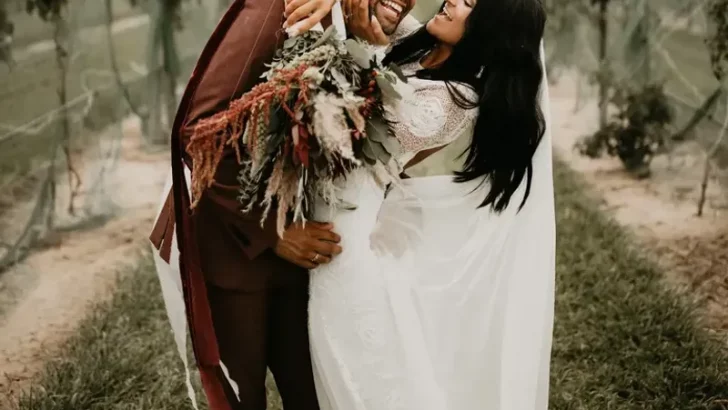Weddings have always been a reflection of societal norms and cultural values. Over time, many traditions that were once cherished by older generations have fallen out of favor with modern couples. This shift is largely driven by a desire for weddings to be more personal and less bound by rigid customs.
Today, couples are opting for celebrations that reflect their unique personalities and relationships rather than adhering to traditions merely for tradition’s sake. As we explore these outdated wedding practices, it’s fascinating to see how weddings have evolved, highlighting the dynamic nature of love and commitment in contemporary society.
1. Tossing the Bouquet
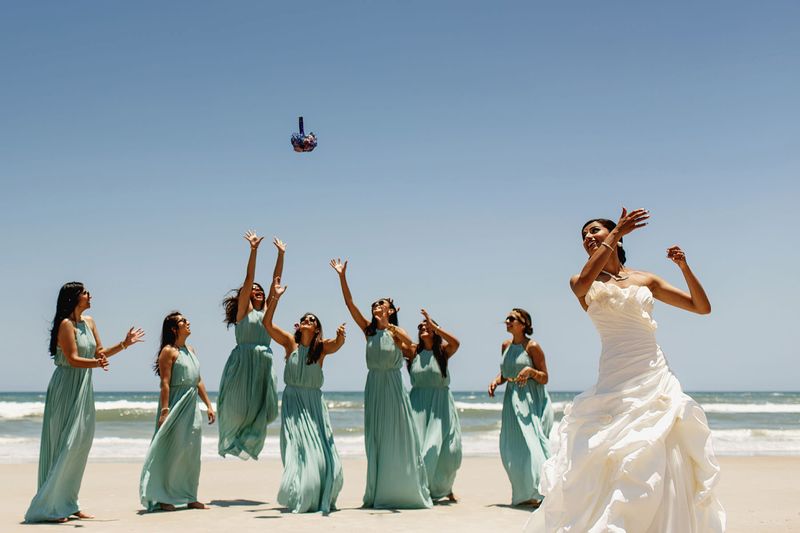
Once a staple of wedding receptions, the bouquet toss was eagerly awaited by single women hoping to be the next bride. This tradition involves the bride tossing her bouquet over her shoulder to a group of unmarried women. The one who catches it is said to be next in line for marriage.
Today, many brides opt to skip this tradition. It can feel exclusionary and apply undue pressure on single guests. Instead, some choose to gift the bouquet to a special person or couple in their lives.
This shift reflects a broader trend towards making weddings more inclusive and less about conforming to societal expectations.
2. Garter Toss

The garter toss, a cheeky counterpart to the bouquet toss, involves the groom removing and throwing the bride’s garter to a group of bachelors. Historically, catching the garter was thought to bring good luck.
However, many couples now find the practice outdated and uncomfortable. It often carries a more suggestive tone that doesn’t align with today’s wedding customs. Modern weddings focus on creating a comfortable atmosphere for all guests, and this tradition can sometimes feel out of place.
As a result, many couples are choosing to either modify or omit this tradition altogether, focusing instead on more inclusive celebrations.
3. Rice Throwing
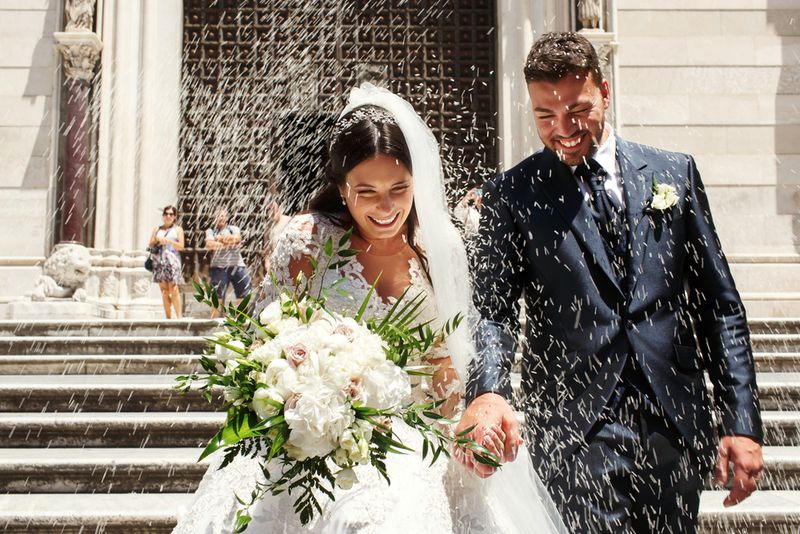
Throwing rice as the couple departs is a symbol of prosperity and fertility. This tradition has been celebrated for generations, with guests joyfully showering the newlyweds with grains as they make their exit.
In recent years, concerns about the environmental impact and the potential harm to birds have prompted a shift away from rice. Couples are now opting for eco-friendly alternatives like bubbles, flower petals, or even sparklers.
These choices not only reflect a growing awareness of environmental responsibilities but also add a personal touch to the wedding exit, making it memorable and unique for everyone involved.
4. Matching Bridesmaids
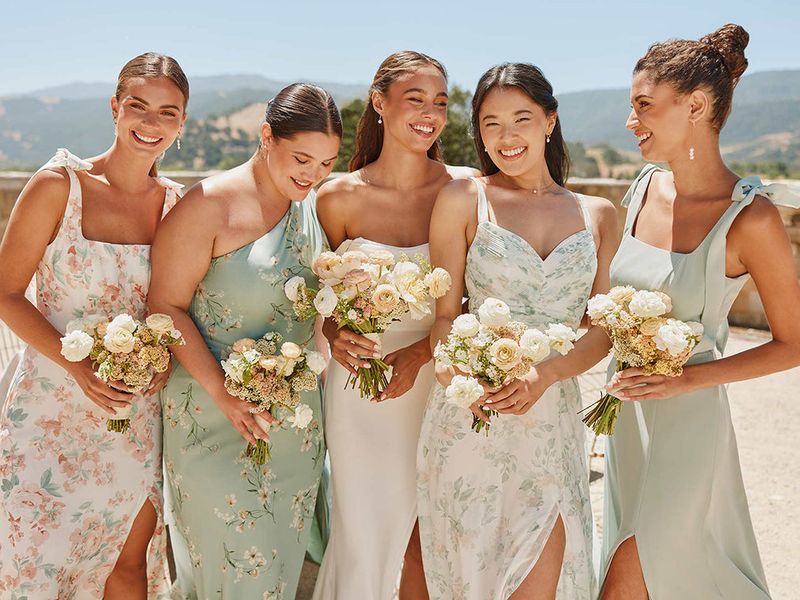
The tradition of bridesmaids wearing identical dresses dates back centuries, originally intended to confuse evil spirits. Over time, it became a way to maintain a uniform look and avoid upstaging the bride.
However, many modern brides prefer to celebrate their friends’ individuality by allowing different styles or colors. This approach not only ensures everyone feels comfortable but also brings a more authentic and less staged feel to the wedding.
By moving away from strict uniformity, weddings can better reflect the diversity and uniqueness of friendships, adding depth and meaning to the celebration.
5. Wedding Cake Cutting

The ceremonial cutting of the wedding cake symbolizes the couple’s first joint task as partners. Traditionally, the first slice is shared, symbolizing unity and a sweet start to their life together.
In today’s weddings, many couples are seeking alternatives that better reflect their personalities or dietary preferences. From cupcake towers to dessert buffets, the options are endless.
These new trends allow couples to personalize their celebrations, offering guests a variety of treats that cater to different tastes, making the dessert portion of the reception as unique as the couple themselves.
6. Formal Invitations
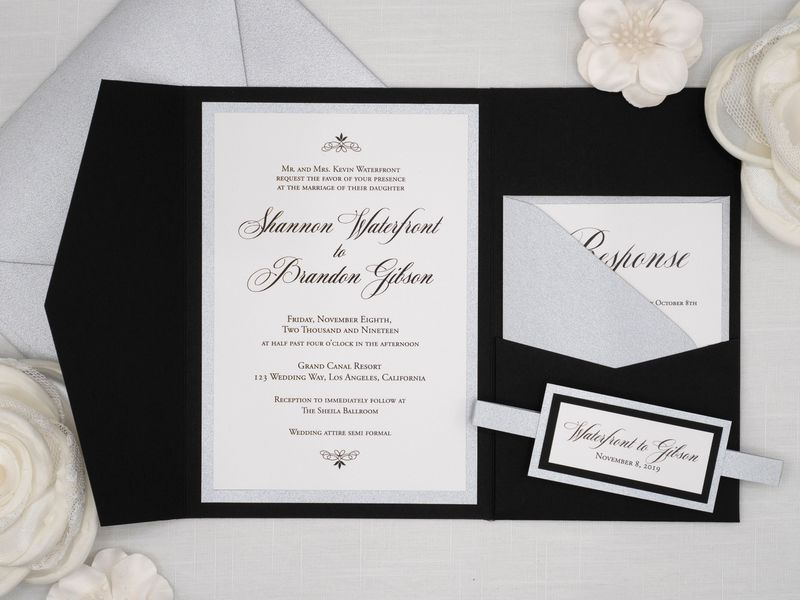
Traditional wedding invitations often feature formal wording and elegant designs, reflecting the importance and seriousness of the occasion. This formal approach has been the standard for generations.
However, with the rise of digital communication, many couples are opting for online invitations. They not only reduce costs but also offer a more eco-friendly option.
Digital invites can be creative and interactive, allowing couples to express their style while making it easier for guests to RSVP. As technology continues to evolve, digital invitations are becoming an increasingly popular choice for modern weddings.
7. Receiving Line
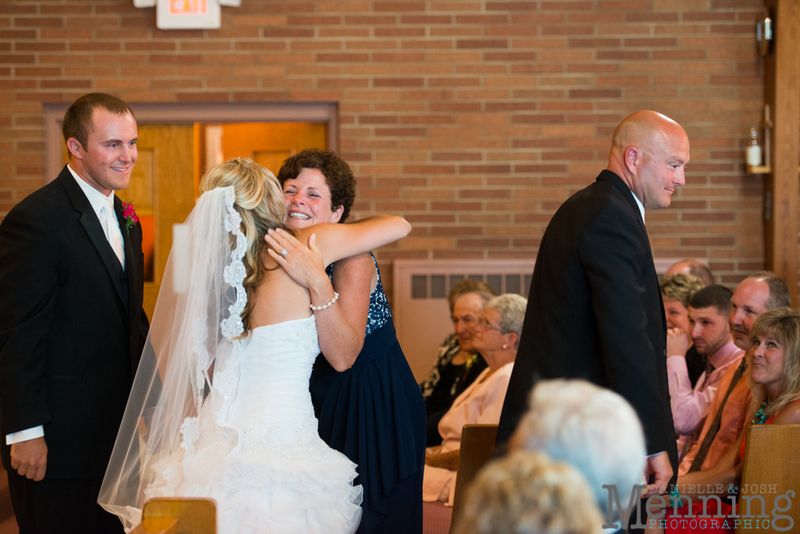
The receiving line is a traditional way for the newlyweds to greet each guest individually, ensuring everyone feels acknowledged and appreciated. It’s a formal part of many weddings that symbolizes respect and gratitude.
Modern couples are often choosing more informal ways to connect with their guests, such as mingling during cocktail hour or hosting smaller, more intimate events.
This shift allows couples to spend quality time with their guests naturally, without the pressure of a structured line, creating a more relaxed and enjoyable atmosphere for everyone involved.
8. White Wedding Dress
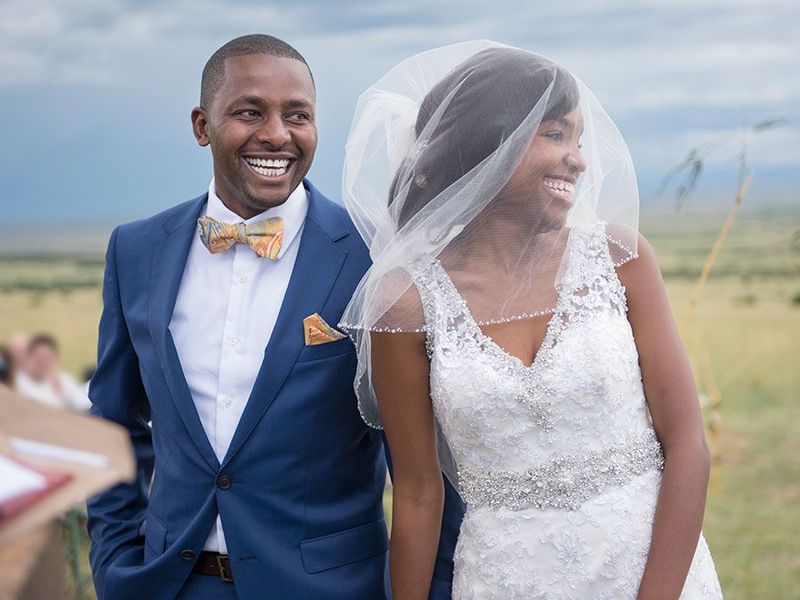
The white wedding dress became popular in the Victorian era, symbolizing purity and elegance. For decades, brides donned white gowns as a nod to tradition and societal expectations.
Today, brides are more adventurous, choosing dresses in various colors to reflect their personalities and break away from convention. From blush pinks to deep blues, the options are limitless.
This trend underscores a growing desire for self-expression in weddings, allowing brides to feel more authentic and comfortable on their special day, as they embrace styles that truly resonate with them.
9. Engagement Announcement in Newspaper
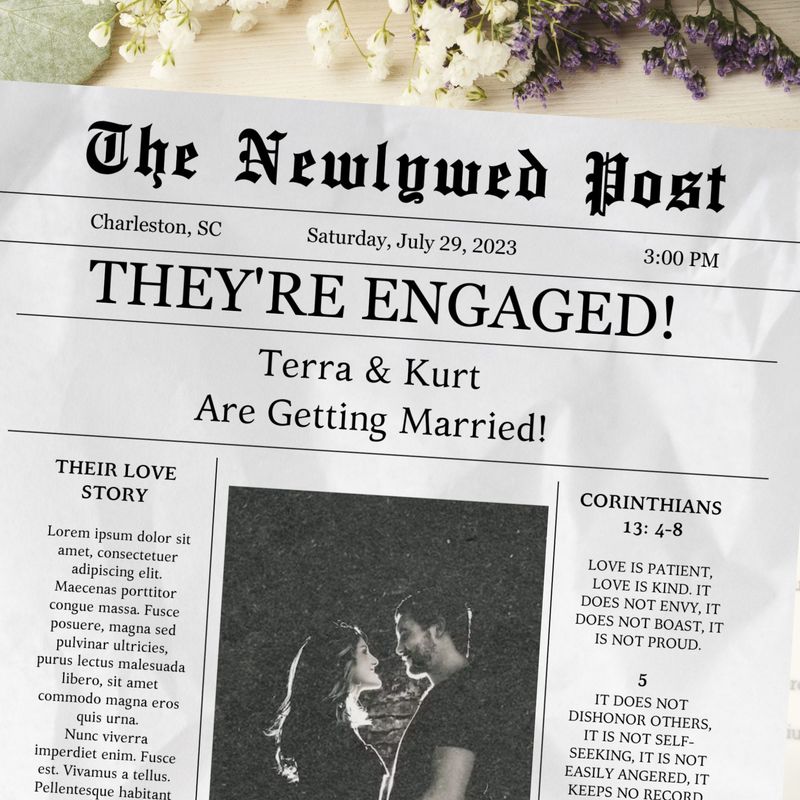
Once a common practice, announcing engagements in the local newspaper was a way to share joyous news with the community. It signified a public step towards marriage and was cherished by many families.
With the advent of social media, couples now have instant platforms for sharing their news, reaching friends and family worldwide.
This shift has made announcements more personal and immediate, allowing couples to share their excitement in real-time. The digital age has transformed how we communicate, and engagement announcements are no exception.
10. Wedding Registry at Department Stores
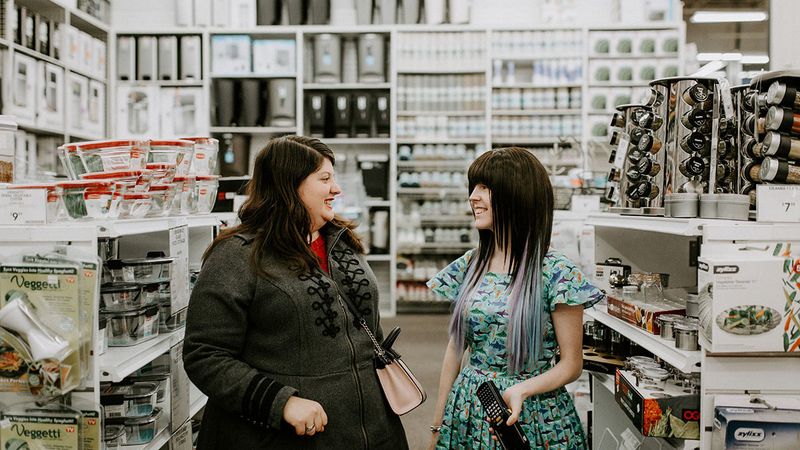
Department store wedding registries were once the go-to for couples setting up their new homes. Guests could easily purchase traditional gifts like china, silverware, or linens that would be cherished for years.
Today, many couples live together before marriage, leading to a shift in registry preferences. Honeymoon funds, charity donations, or experiences are now popular choices.
These modern registries reflect changing lifestyles and values, focusing on creating memories and giving back rather than accumulating material possessions, showcasing how wedding traditions evolve with societal changes.
11. Traditional Church Ceremony

For many years, a church wedding was seen as a sacred step to marital bliss, steeped in religious significance and family tradition. It symbolized a solemn commitment before God and community.
However, more couples are choosing venues that reflect their personal beliefs and lifestyles, from beaches to botanical gardens. This shift highlights a desire for authenticity and personalization.
By prioritizing meaningful locations over traditional settings, couples can create ceremonies that truly resonate with their values and stories, making their wedding day uniquely theirs.
12. Bridal Shower
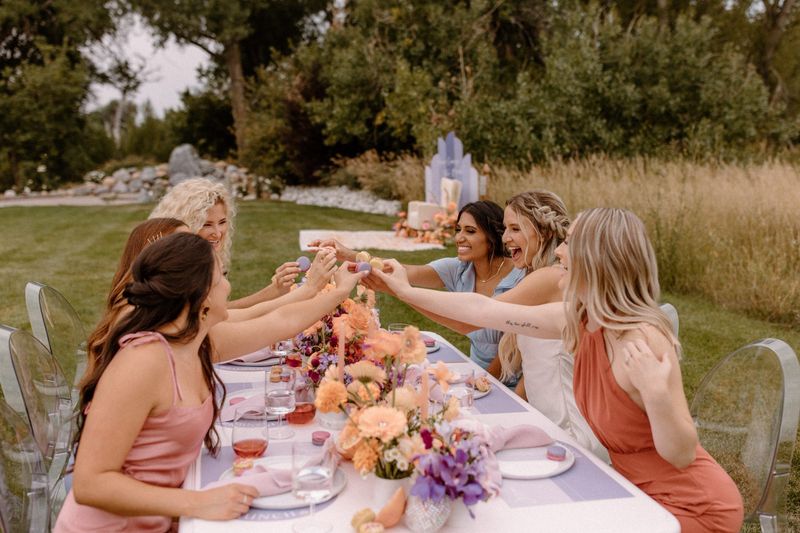
The bridal shower, originally a way to provide gifts to a bride-to-be, has evolved over time. Traditionally hosted by female family members, it was often a formal affair with games and tea.
Modern couples often opt for co-ed events or experience-based gatherings that reflect their interests, such as spa days or cooking classes.
These contemporary celebrations focus on fun and inclusion, breaking away from gender-specific norms and allowing both partners to enjoy the festivities together, making it a more memorable and shared experience.
13. Saving Cake for First Anniversary
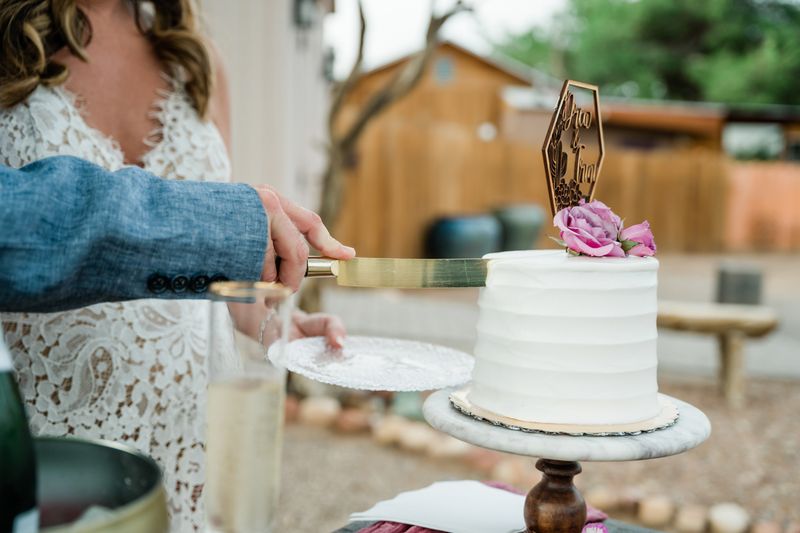
The tradition of saving the top tier of the wedding cake to eat on the first anniversary represents good fortune and continued happiness. Couples would carefully wrap and freeze the cake for a year.
Today, many find the practice impractical, with food storage options and tastes changing. Some couples prefer to celebrate with a fresh cake or another dessert.
This evolution reflects a practical approach to traditions, where sentimentality is cherished, but modern sensibilities and preferences take precedence, ensuring the anniversary is a joyful celebration.

Well, hello there!
My name is Jennifer. Besides being an orthodontist, I am a mother to 3 playful boys. In this motherhood journey, I can say I will never know everything. That’s why I always strive to read a lot, and that’s why I started writing about all the smithereens I came across so that you can have everything in one place! Enjoy and stay positive; you’ve got this!

